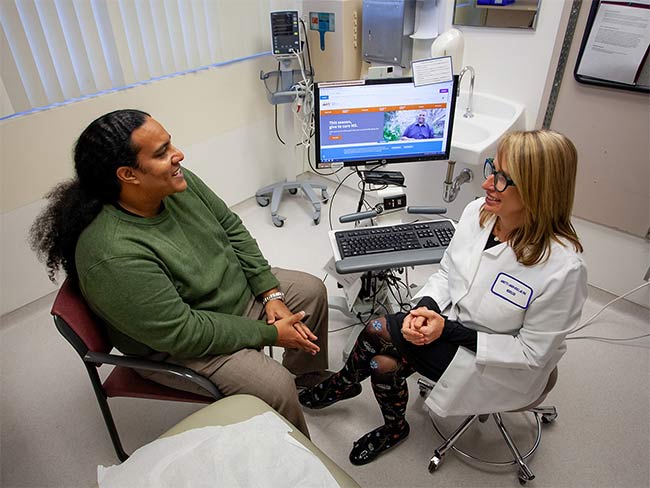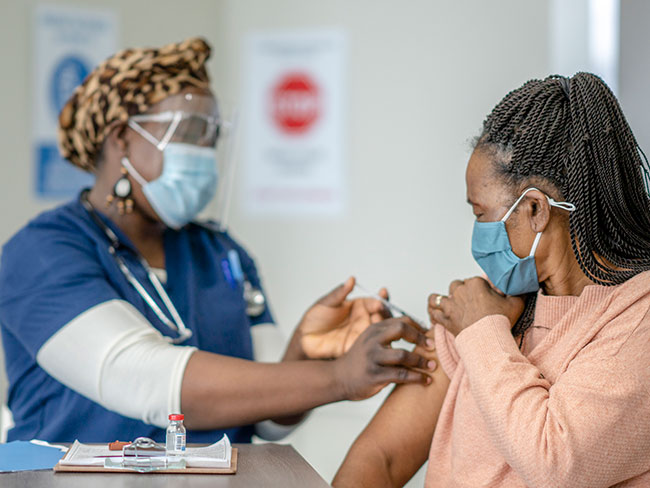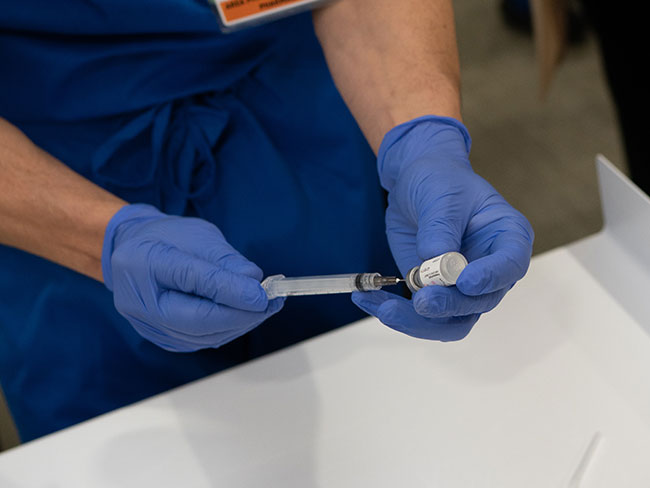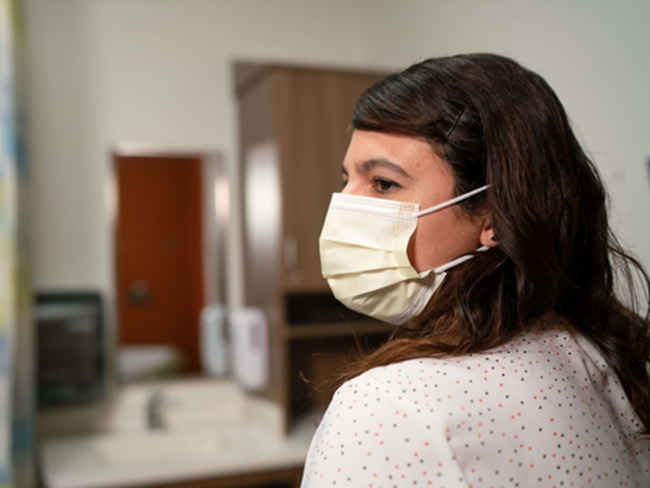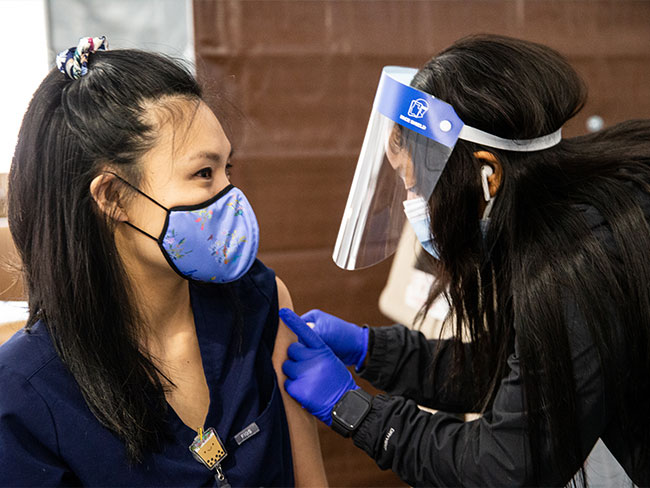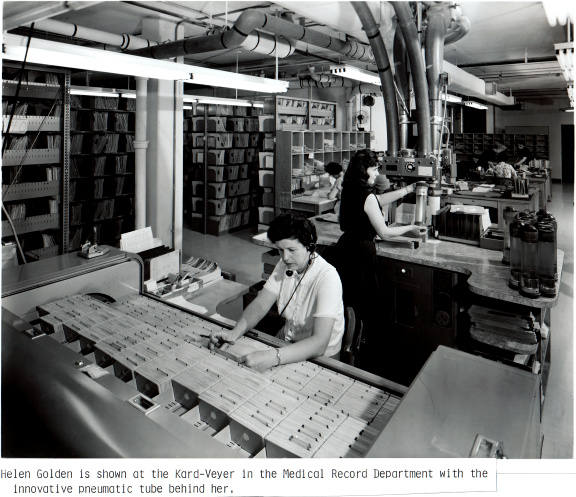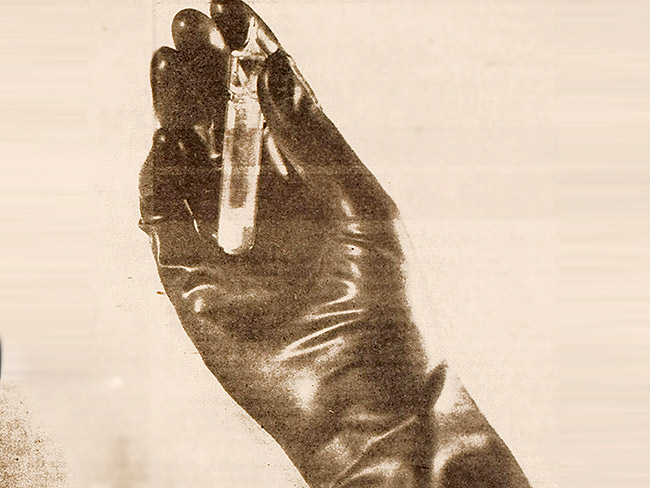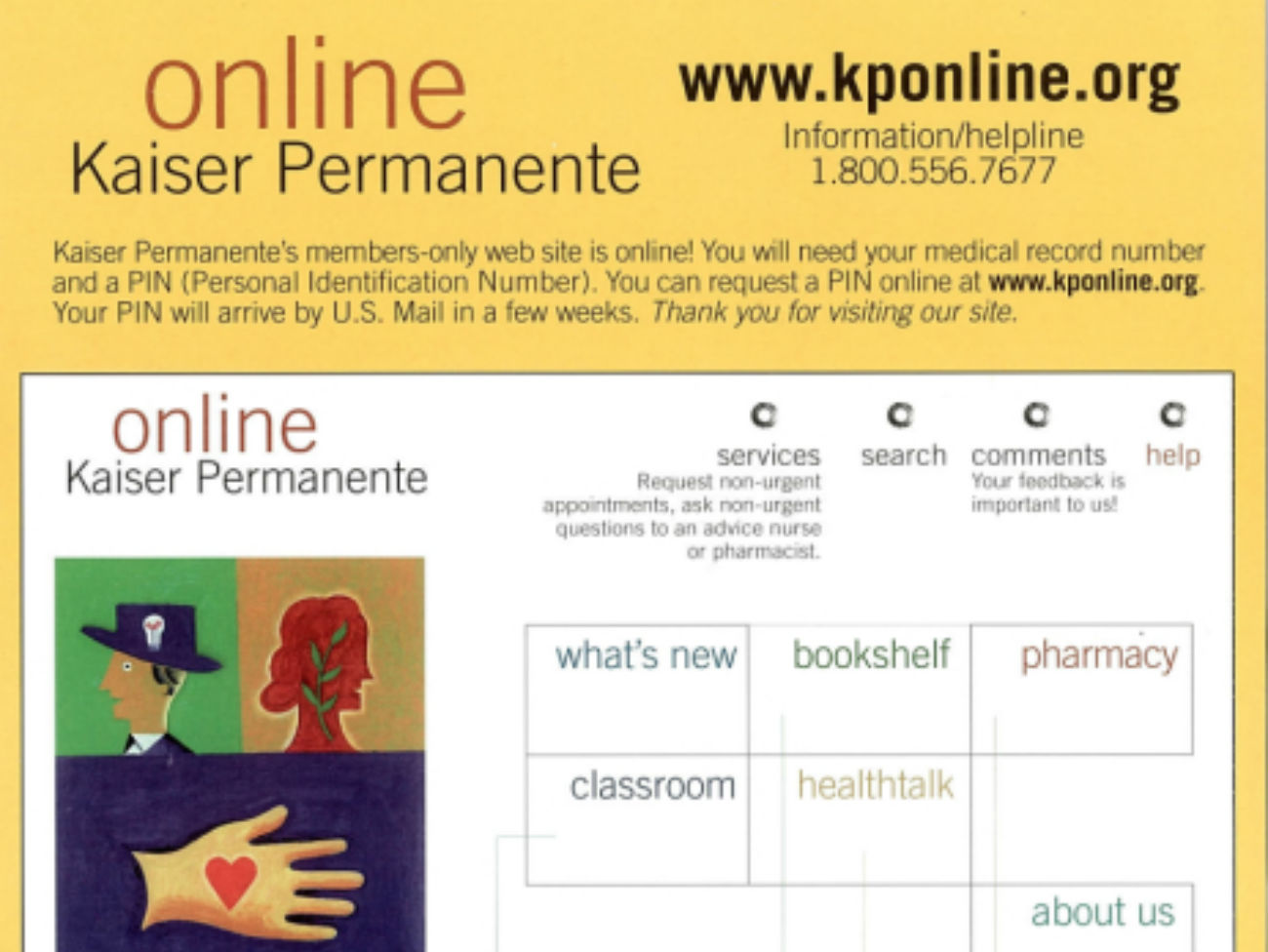Kaiser Foundation Health Plan and Hospitals report 2021 financial results
The nation’s leading nonprofit, integrated health care system continues providing high-quality care during the ongoing COVID-19 pandemic.
OAKLAND, Calif. — Kaiser Foundation Health Plan, Inc., Kaiser Foundation Hospitals, and their respective subsidiaries (KFHP/H) reported 2021 annual financial results. Total operating revenues for 2021 were $93.1 billion compared to $88.7 billion in 2020. Total operating expenses were $92.5 billion compared to $86.5 billion in the prior year. Operating income was $611 million, or 0.7% of operating revenues, compared to $2.2 billion in 2020. Increased care delivery expenses due to COVID-19 surges contributed to the decline in operating income.
“After almost 2 years, the COVID-19 pandemic continues to impact Kaiser Permanente just as it does our daily lives,” said chair and chief executive officer Greg A. Adams. “We rapidly rolled out vaccines, and now boosters, and administered more than 9 million COVID-19 tests while managing new and unpredictable variants like delta and omicron as they surfaced. Throughout this crisis, gratitude goes to our dedicated employees and physicians who have remained focused on providing care and strong support for members and communities.”
Like other organizations, Kaiser Permanente benefited from strong investment performance due to robust financial markets during the year, resulting in total other income and expense of $7.5 billion compared to $4.1 billion in 2020. This sharp increase in investment performance more than offset the $1.6 billion decrease in operating income, resulting in 2021 net income of $8.1 billion compared to net income of $6.4 billion in 2020.
Capital spending totaled $3.5 billion compared to $4.0 billion the year prior. During 2021 Kaiser Permanente opened 11 medical offices. Kaiser Permanente now includes 734 medical offices, 39 owned and operated hospitals, and 58 retail and worksite clinics.
Membership
Kaiser Permanente membership as of December 31, 2021, was 12.5 million, reflecting an annual increase of almost 185,000 members. Government programs that help people retain health care coverage during the pandemic led to growth in members with individual, Medicare, and Medicaid plans. Medicaid growth drove more than half of the 2021 membership increase.
“In 2021 we continued to provide care for an increasing number of patients with COVID-19, while expanding COVID-19 testing and establishing mass vaccination sites to vaccinate our members, employees, and communities. Despite additional surges, our members continued to receive in-person preventive, routine, and elective care,” said executive vice president and chief financial officer Kathy Lancaster. “Our financial performance underscores the strength of our integrated model, which allows us to weather unexpected challenges such as the COVID-19 pandemic while continuing to serve our members.”
Kaiser Permanente’s COVID-19 response
In 2021, Kaiser Permanente managed members’ ongoing care through various COVID-19 surges driven by new variants, increased demands for testing, and the COVID-19 vaccine rollout.
Key 2021 COVID-19 pandemic data include:
- Caring for more than 800,000 patients with COVID-19
- Delivering inpatient care to more than 60,000 patients with COVID-19
- Administering more than 10.5 million vaccine doses, including boosters, to members and nonmembers
- Conducting 9.4 million COVID-19 diagnostic tests
Leveraging virtual care
Caring for members through 28.8 million telehealth visits and nearly 15.9 million e-visits, Kaiser Permanente utilized investments in technologies that enable safe and convenient care to meet the increase in demand for virtual care offerings during the year. Members visited kp.org and the Kaiser Permanente mobile app more than 582 million times for activities such as sending secure messages to clinicians, viewing lab results, and filling 28.7 million prescriptions.
Improving community health
In 2021, Kaiser Permanente continued its long-standing commitment to improving the health of its members and the communities it serves by investing $2.6 billion in community health programs. The Kaiser Permanente Medical Financial Assistance program provided almost 370,000 low-income, uninsured, or underinsured patients a total of more than $460 million in assistance to cover part or all of their medical expenses.
2021 and 2020 annual financial summary
($ in millions) |
2021 |
2020 |
Total operating revenues |
$93,136 |
$88,726 |
Total operating expenses |
$92,525 |
$86,509 |
Operating income |
$611 |
$2,217 |
Operating margin |
0.7% |
2.5% |
Total other income and expense |
$7,468 |
$4,136 |
Net income |
$8,079 |
$6,353 |
Capital spending |
$3,518 |
$4,007 |
Note: Certain statements included in this document may constitute “forward-looking statements.” Such statements are generally identifiable by the terminology used, such as “plan,” “project,” “forecast,” “expect,” “estimate,” “budget,” or other similar words. The achievement of certain results or other expectations contained in such forward-looking statements involve known and unknown risks, uncertainties, and other factors, which may cause actual results, performance, or achievements described to be materially different from any future results, performance, or achievements expressed or implied by such forward-looking statements. Accordingly, actual results will vary and the variations may be material. None of the KFHP/H organizations plan to issue any updates or revisions to those forward-looking statements if or when expectations change, or events, conditions, or circumstances on which such statements are based occur.
About Kaiser Permanente
Kaiser Permanente is committed to helping shape the future of health care. We are recognized as one of America’s leading health care providers and nonprofit health plans. Founded in 1945, Kaiser Permanente has a mission to provide high-quality, affordable health care services and to improve the health of our members and the communities we serve. We currently serve 12.5 million members in 8 states and the District of Columbia. Care for members and patients is focused on their total health and guided by their personal Permanente Medical Group physicians, specialists, and team of caregivers. Our expert and caring medical teams are empowered and supported by industry-leading technology advances and tools for health promotion, disease prevention, state-of-the-art care delivery and world-class chronic disease management. Kaiser Permanente is dedicated to care innovations, clinical research, health education, and the support of community health.











